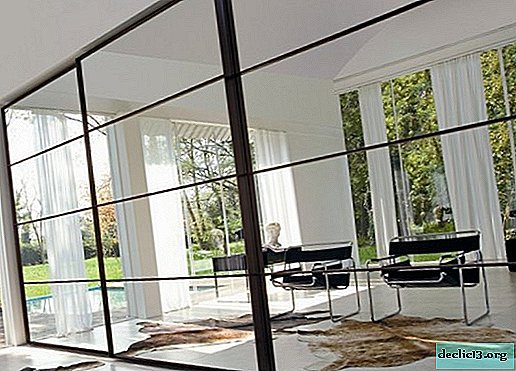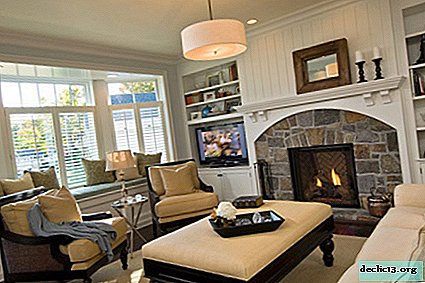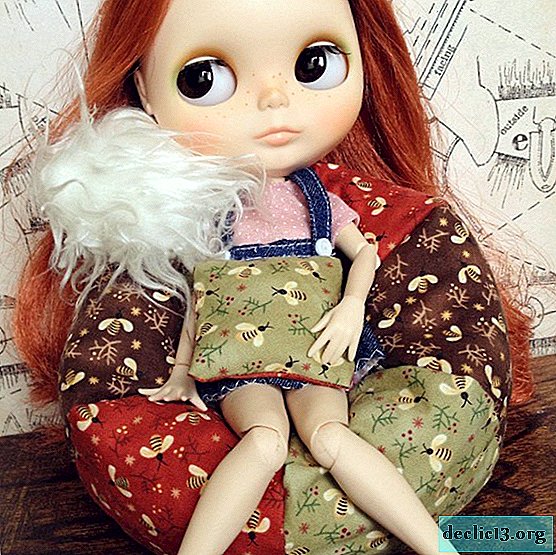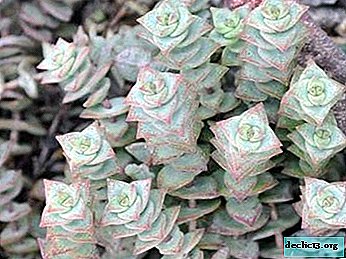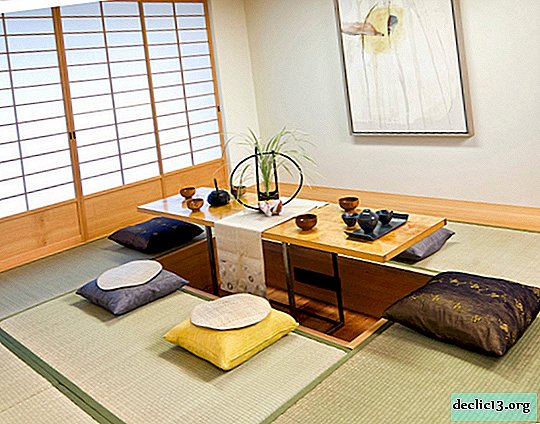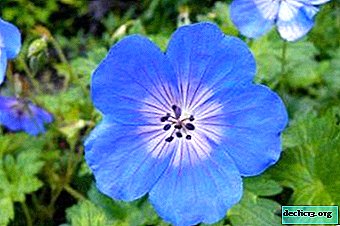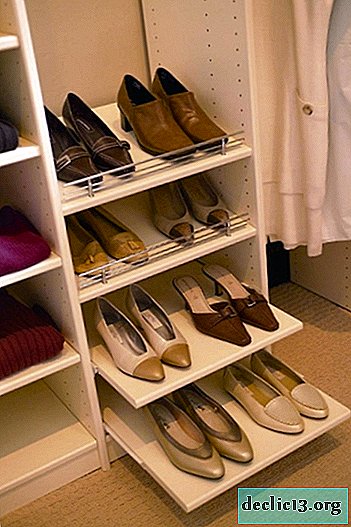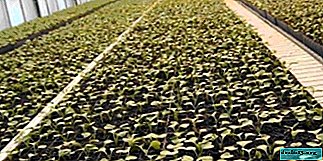Texture paint: types and methods of application
Finishing materials are distinguished by a wide variety of species, which confuses ordinary customers. Texture paint is a novelty and is not yet as popular as classic matte and glossy paints. The peculiarity of texture paint is the ability to give the surface of the walls or ceiling any texture and texture with subsequent painting, or you can paint texture paint before application.
Texture paint and its advantages
- No need for surface preparation and leveling. Paint hides bumps and fills cracks and voids;
- Ease of application allows you to work without the involvement of specialists;
- Affordable cost allows you to realize the design fantasies of ordinary citizens;
- The ability to give paint any color and shade by adding a special color scheme in certain proportions. If necessary, you can quickly change color or give saturation;
- Resistance to aggressive environments and chemicals;
- Long service life with preservation of an original look and color;
- Environmental safety and hypoallergenicity.
Applying texture paint
To apply the texture material, special skills and expensive tools will not be needed; it is enough to have a roller, paint, spatula and a paint tray. The paint may be finished or dry. If dry, then it is pre-diluted with water in a certain proportion and thoroughly stirred with a mixer and add the desired color in a small amount. If the color is not bright enough, then dye is added and so on until the desired shade is achieved. When the desired consistency is reached, you can begin to work, for which we take a roller and apply paint to the wall. The roller can be plain or textured, then florid patterns, reliefs or imitation of natural material, such as wood, will appear on the wall.
The roller should be moistened as much as possible to obtain a pronounced texture. Do not leave the wall unfinished, after drying, seams and joints will be visible. Work from corner to corner without a break. If the roller has ceased to leave the original pattern, it must be washed with plenty of water to clean the texture elements.
The treated surface dries within 6 hours, after which another layer or classic paint can be applied for additional decor.
Types of texture paints
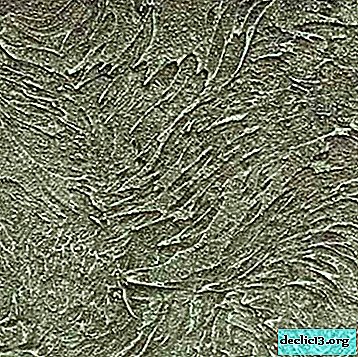



Paints to give the surface a specific texture are divided into several types, depending on the filler and composition. They may be:
- front;
- for internal work.
- coarse and fine-grained.
Coarse-grained paints have a high consumption, but give a good textured effect.
Texture paints are a great opportunity to realize design fantasies with minimal financial costs.


